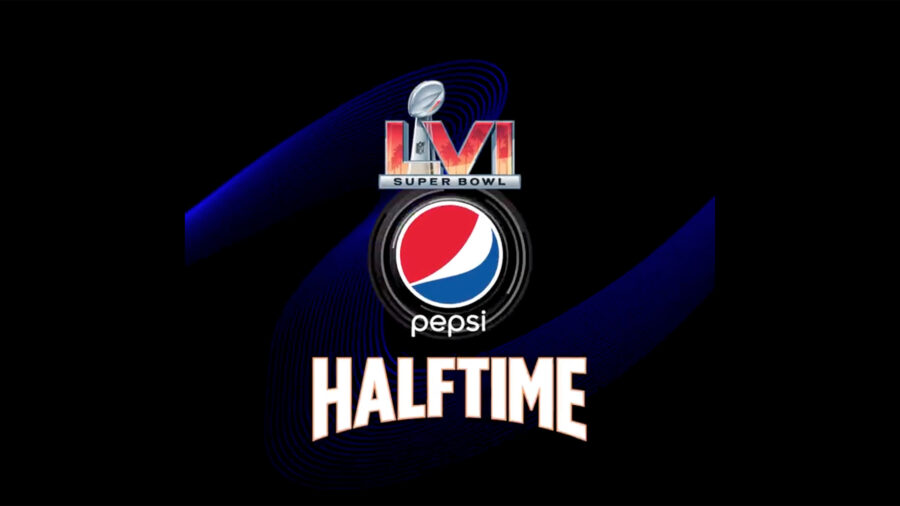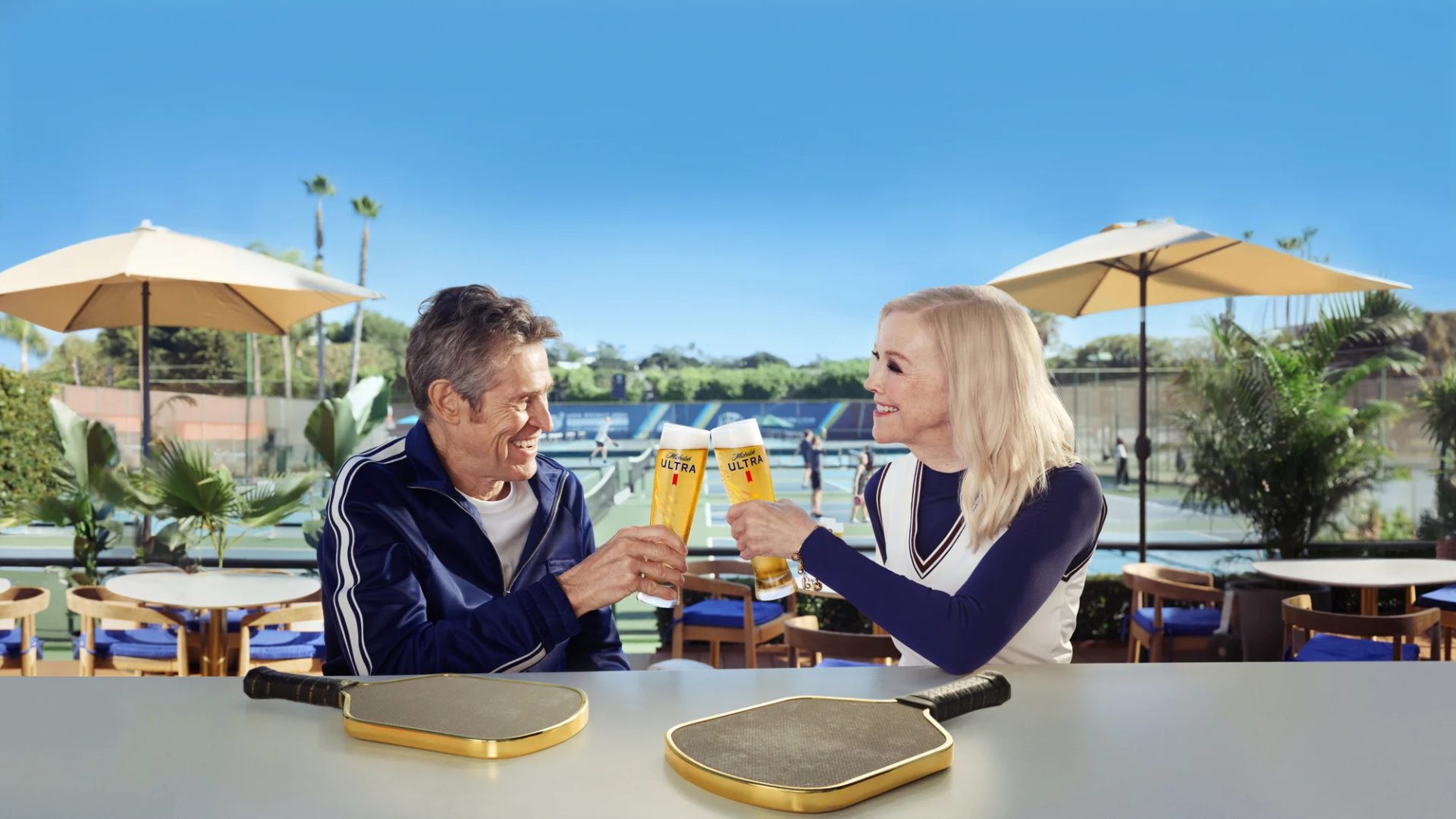Pepsi will no longer sponsor the Super Bowl halftime show.
The company said in a statement that the decision is part of a “larger strategic shift to bring unprecedented music and entertainment experiences” to people as the way they consume music changes, reported Adweek (May 24).
PepsiCo’s Gatorade brand has also opted not to renew its partnership with the National Hockey League as part of a wider shift in its sports marketing strategy, reported Sports Pro Media (June 1).
The Food Institute explored what this could mean for the future of advertising.
DIGITAL MEDIA TAKES THE LEAD
Over the past several years, the Super Bowl halftime show hasn’t had the most reliable cross section of viewers. The show’s audience peaked at 120.7 million in 2015, but dropped in subsequent years, reaching 103.4 million last February.
Despite unsteady viewership, Pepsi received the most buzz on Twitter among all Super Bowl advertisers for three years in a row.
“Digital media is clearly on the rise and people are changing the way they are viewing experiences now,” Megan Snodsmith, account director at Spool Marketing and Communications, told The Food Institute. “There are more effective ways to gain impressions and brand awareness without spending millions of dollars on a one-day event.
The hefty price tag that comes with traditional media may have had an influence, according to Dan Lobring SVP, Marketing, at rEvolution, a global sports marketing and media agency.
“Pepsi became of the sponsor of the halftime show in 2012, so this was a significant, long-term deal for the brand,” he said. “The biggest change in that time is the price tag – i.e., the NFL thinks it can get more money for the centerpiece of the Super Bowl, and Pepsi, likely for that reason, and/or others, has decided now is the time to step away.”
The average price of a 30-second commercial at the Super Bowl in 2022 was a whopping $6.5 million, per The Sporting News.
PEPSI MOVING INTO OTHER DIGITAL AVENUES?
Snodsmith noted that Pepsi still has plans to participate in the Super Bowl, but through other channels.
“I can see them venturing into the metaverse space, creating more interactive experiences for fans, and being more strategic and authentic to their brand,” she said.
It appears the company may have something new brewing already. In a recent tweet, Pepsi wrote:
“After 10 years of iconic Pepsi Super Bowl Halftime Show performances, we have decided it’s time to pass the mic. … Now on to the next stage…”
“Overall I’m not surprised by this shift as brands are needing to be more agile with inflation on the rise and our economic path leading to a recession,” added Snodsmith. “Brands are going to be more creative and reach their audiences in more turnkey and authentic ways and meet their audience where they are at.”
GATORADE’S SHIFT
Prior to the recent news, Gatorade was a sponsor of the NHL since 2006.
Jeff Kearney, Gatorade’s global head of sports marketing, told Boardroom that the two parties “weren’t aligned on the financial commitment to renew.”
“We’ve had to be very thoughtful in where our resources, both people and funds, are going,” he said. “So for us, we didn’t want to over-commit in one space. …”
In a LinkedIn post, Kearney added that Gatorade plans to continue to invest in “young and diverse athlete communities,” and suggested Gatorade will shift its sports marketing focus towards college sports deals, investments in women’s athletes and competitions, as well as the metaverse.
Image courtesy @Pepsi on Twitter












